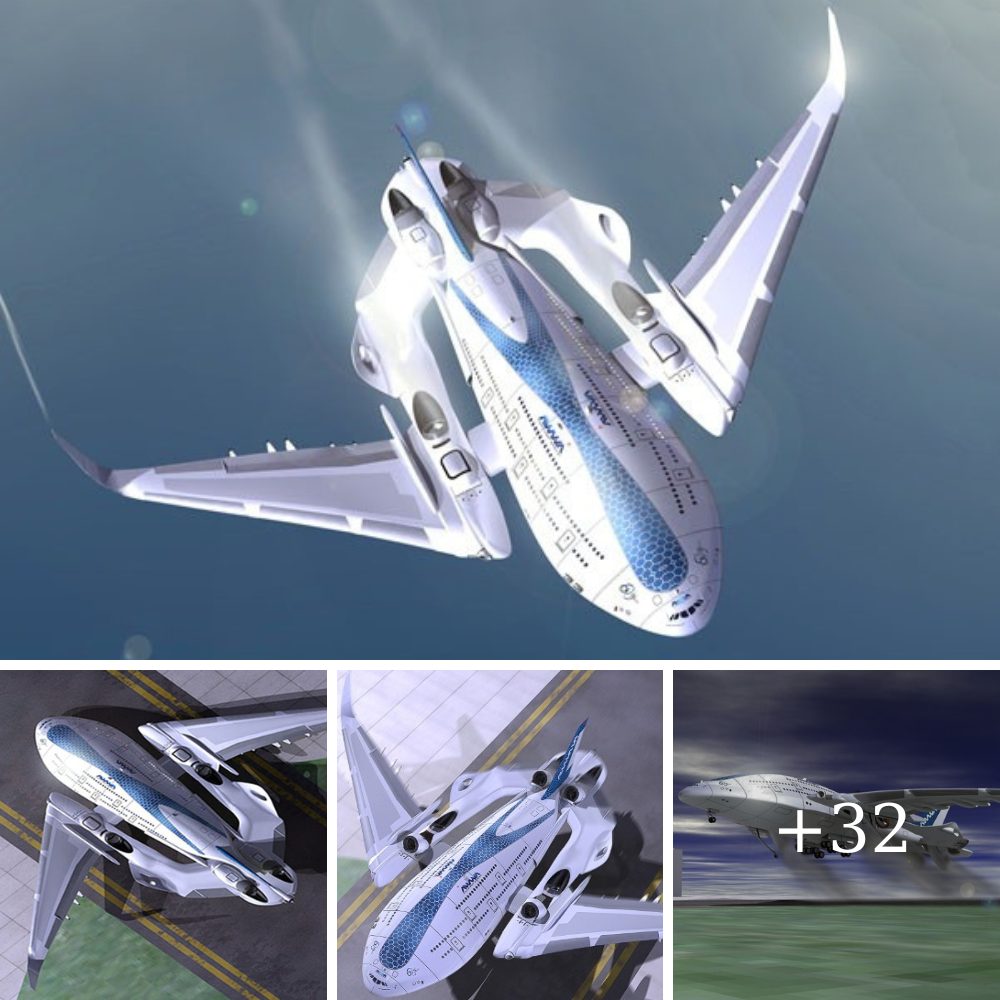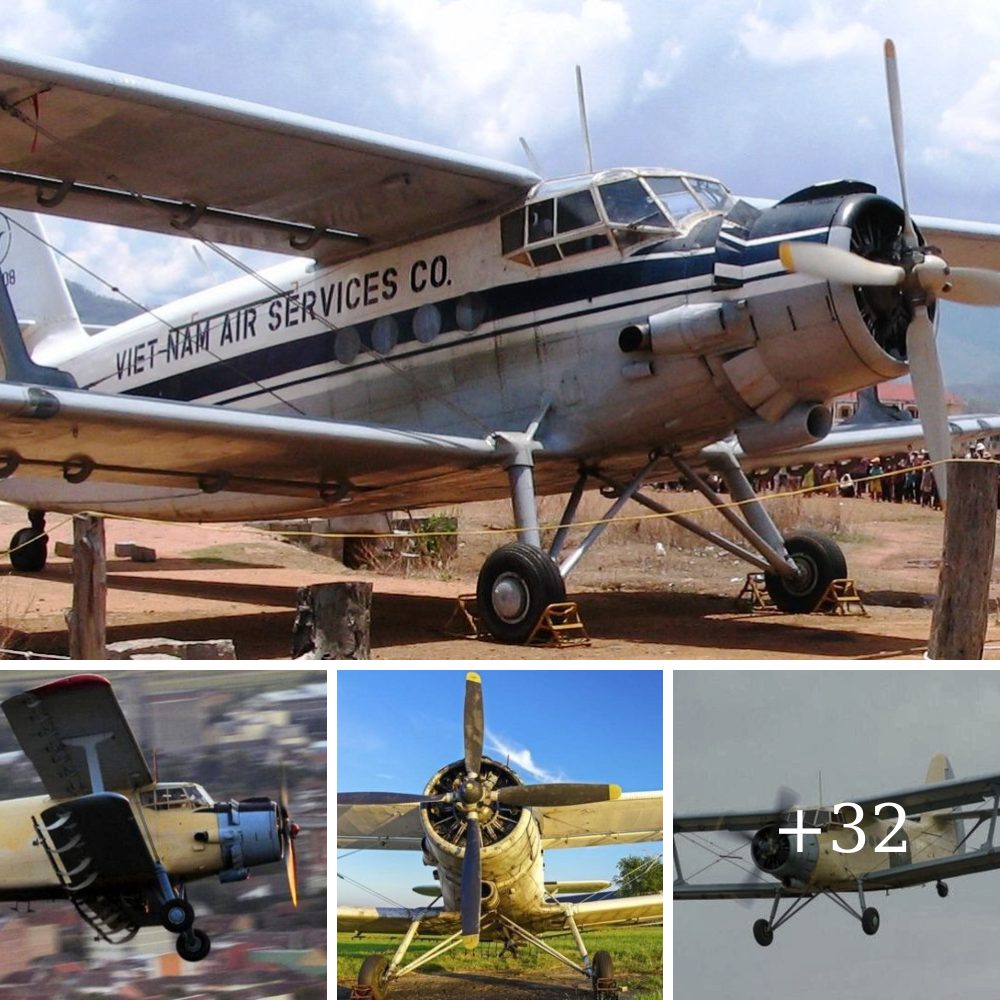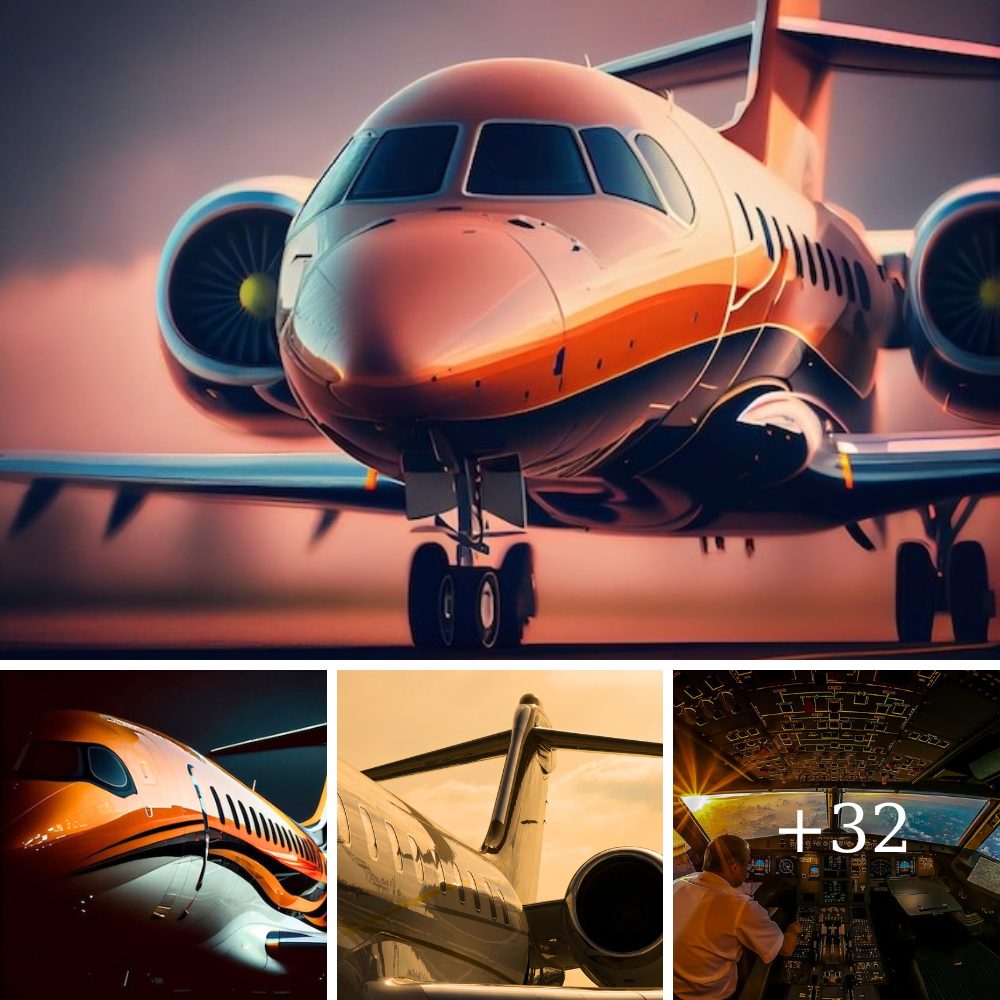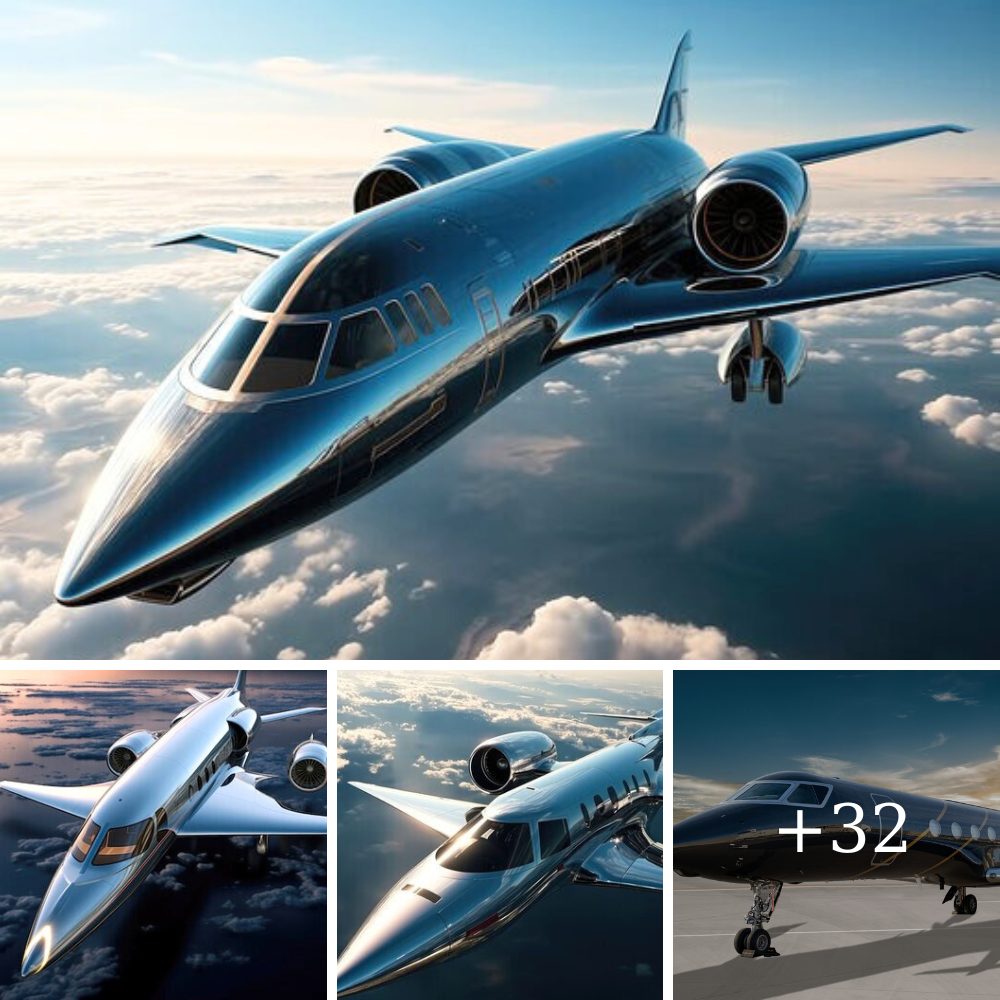Embraer has named their new aircraft family Energia and focuses on the regional aviation segment with this new family of aircraft. The Energia concept family would feature between 9 and 50 seats. Since these are all concept aircraft, there will be a lot of work before they take to the skies, but we have to be excited for them for now.
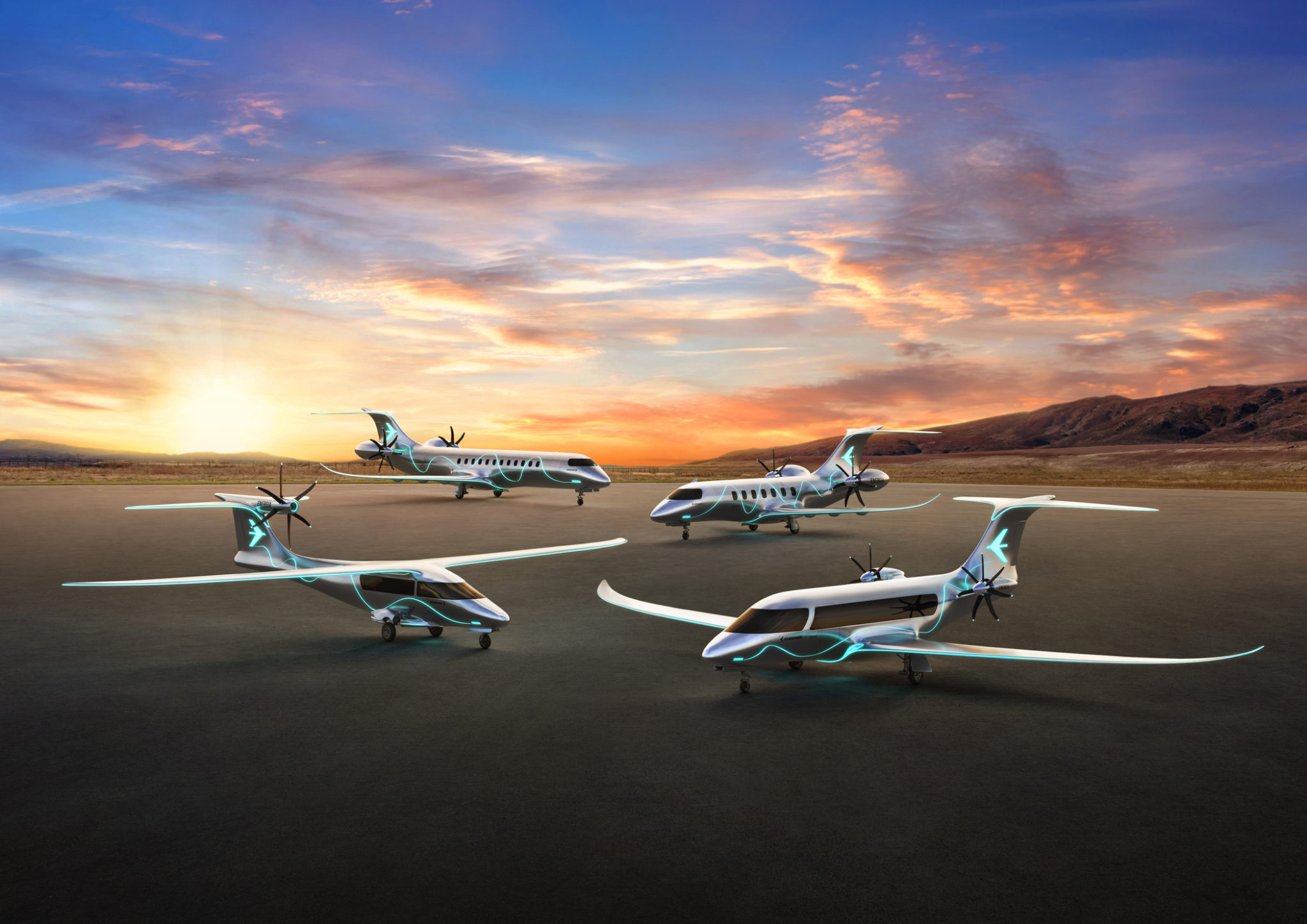
The company has partnered with an international consortium of engineering universities, aeronautical research institutes, and small and medium-sized enterprises to understand better energy harvesting, storage, thermal management and their applications for sustainable aircraft propulsion.Luis Carlos Affonso, Embraer’s Sr. VP of Engineering, Technology and Corporate Strategy, explained the rationale for the Energia family.We see our role as a developer of novel technologies to help the industry achieve its sustainability targets. There’s no easy or single solution in getting to net zero. New technologies and their supporting infrastructure will come online over time. We’re working right now to refine the first airplane concepts, the ones that can start reducing emissions sooner rather than later. Small aircraft are ideal on which to test and prove new propulsion technologies so that they can be scaled up to larger aircraft. That’s why our Energia family is such an important platform.
The Energia Aircraft Concepts
The Energia Family comprises four concept aircraft of varying sizes that incorporate different propulsion technologies – electric, hydrogen fuel cell, dual fuel gas turbine, and hybrid-electric. Each aircraft is being evaluated for its technical and subsequent commercial viability.
Energia Hybrid (E9-HE)
The Energia Hybrid intends to explore hybrid-electric propulsion with rear-mounted engines. The aircraft would be a 9-seater and could offer up to 90% Carbon dioxide emissions reduction. Embraer expects the technology readiness for this aircraft to be in 2030.

Energia Electric (E9-HE)
Energia Electric intends to explore full-electric propulsion with aft contra-rotating propellers. The aircraft would be a 9-seater and offer zero Carbon dioxide emissions. Embraer expects the technology readiness for this aircraft to be in 2035. 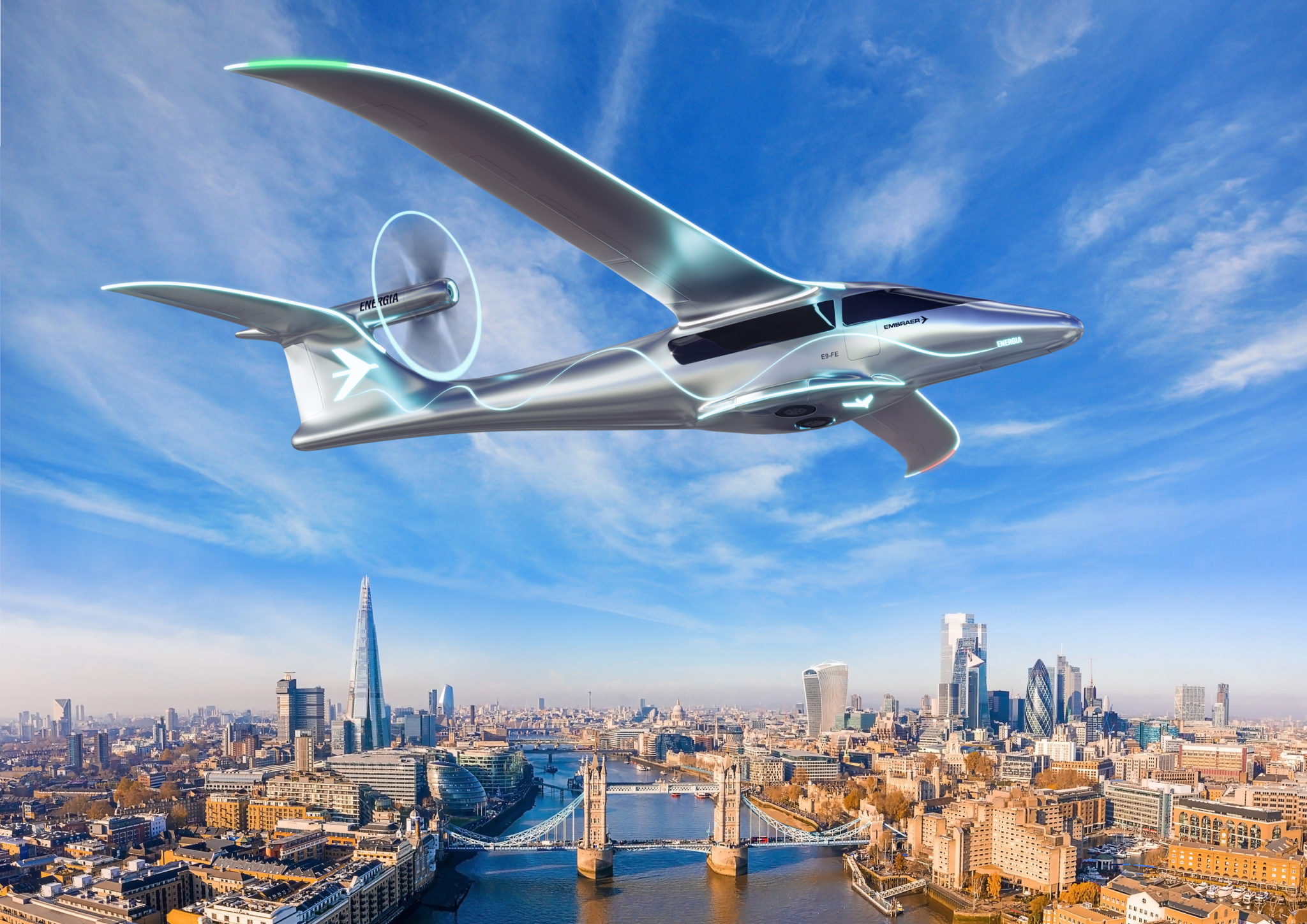
Energia H2 Fuel Cell (E19-H2FC)
Energia H2 Fuel Cell intends to explore hydrogen-electric propulsion with rear-mounted electric engines on these aircraft. The aircraft would be a 19-seater and offer zero Carbon dioxide emissions. Embraer expects the technology readiness for this aircraft to be in 2035.
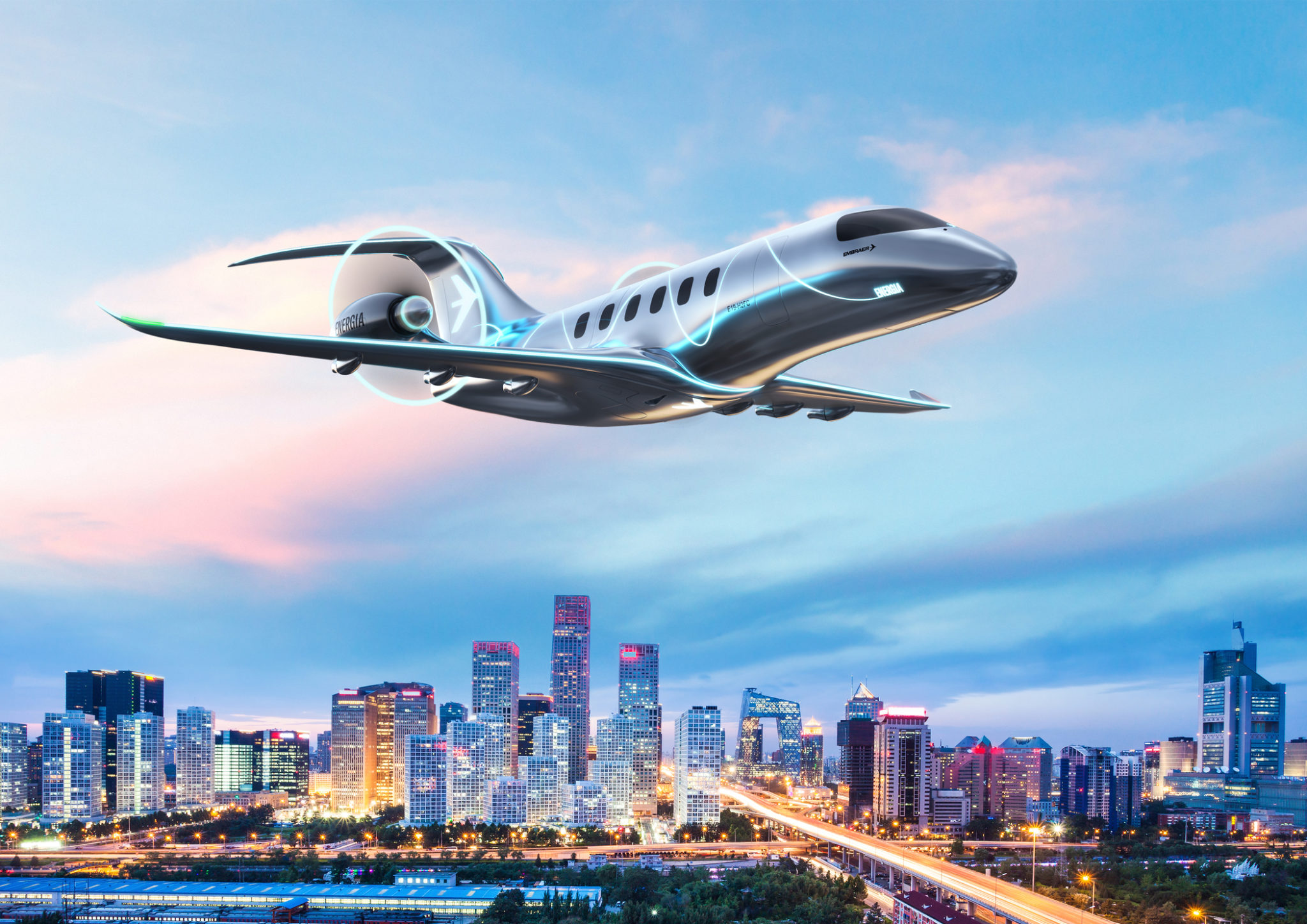
Energia H2 Gas Turbine (E50-H2GT)
Energia H2 Gas Turbine intends to explore hydrogen or SAF/Jetfuel turbine propulsion with rear-mounted engines on these aircraft. The aircraft would be a 35 to 50 seater and offer up to 100% Carbon dioxide emissions reduction. Embraer expects the technology readiness for this aircraft to be in 2040.
 Arjan Meijer, President and CEO of Embraer Commercial Aviation, commented on the company’s strategy regarding sustainability.We will see a big transformation in our industry towards a more sustainable aviation. With 50 years’ experience in developing, certifying and supporting regional aircraft, Embraer is in a unique position to make viable the introduction of new disruptive green technologies.Although the Energia aeroplanes are still on the drawing board, Embraer has already made advances in reducing emissions from its aircraft. It has tested drop-in sustainable aviation fuel (SAF), mixes of sugarcane and camelina plant-derived fuel and fossil fuel, on its family of E-Jets. The company is targeting to have all Embraer aircraft SAF-compatible by 2030. Last August, Embraer flew its Electric Demonstrator, a single-engine EMB-203 Ipanema, 100% powered by electricity. A hydrogen fuel cell demonstrator is planned for 2025, and the company’s eVTOL, a fully electric, zero-emissions vertical takeoff and landing vehicle, is being developed to enter service in 2026.
Arjan Meijer, President and CEO of Embraer Commercial Aviation, commented on the company’s strategy regarding sustainability.We will see a big transformation in our industry towards a more sustainable aviation. With 50 years’ experience in developing, certifying and supporting regional aircraft, Embraer is in a unique position to make viable the introduction of new disruptive green technologies.Although the Energia aeroplanes are still on the drawing board, Embraer has already made advances in reducing emissions from its aircraft. It has tested drop-in sustainable aviation fuel (SAF), mixes of sugarcane and camelina plant-derived fuel and fossil fuel, on its family of E-Jets. The company is targeting to have all Embraer aircraft SAF-compatible by 2030. Last August, Embraer flew its Electric Demonstrator, a single-engine EMB-203 Ipanema, 100% powered by electricity. A hydrogen fuel cell demonstrator is planned for 2025, and the company’s eVTOL, a fully electric, zero-emissions vertical takeoff and landing vehicle, is being developed to enter service in 2026.


